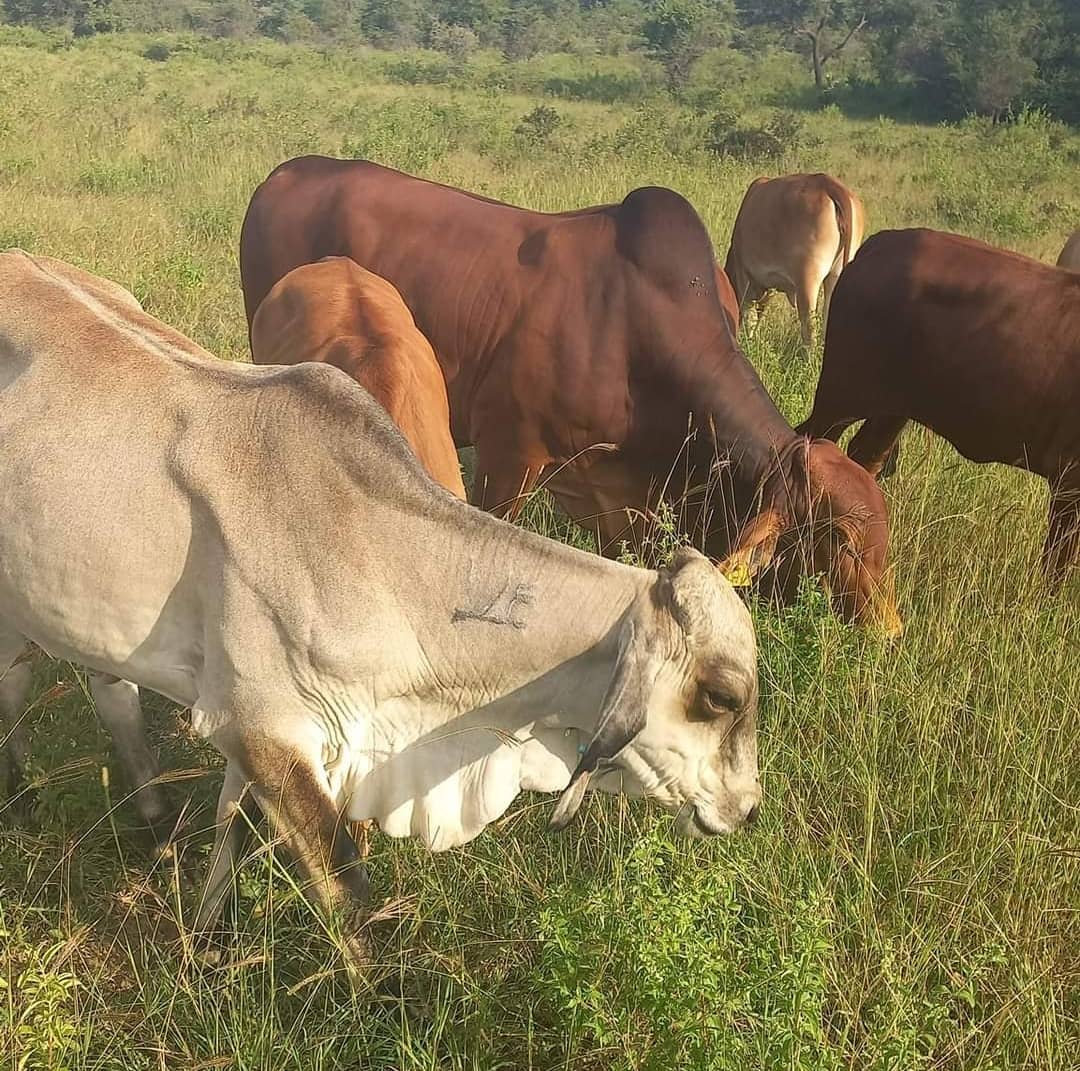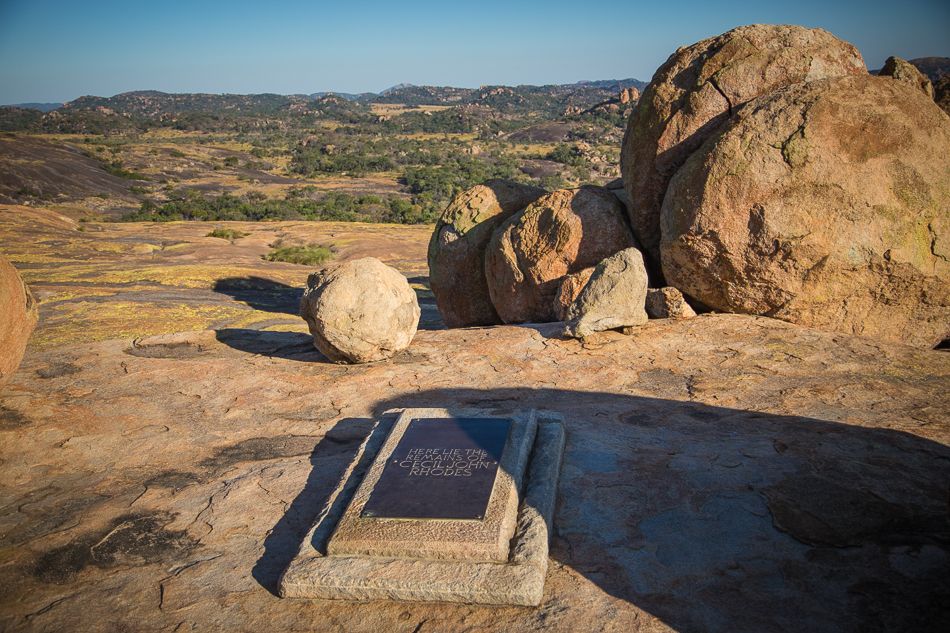Farmers urged to safeguard livestock
Share

By Sharon Chimenya
LIVESTOCK farmers should be innovative at local levels in order to provide feed for their livestock during the dry season and thus avert cattle deaths.
In an interview on the sidelines of the Planning Review meeting by the Department of Livestock Research at Makoholi Research Institute in Masvingo, the Permanent Secretary in the Ministry of Lands, Agriculture, Fisheries, Water and Rural Development, Professor Obert Jiri, said farmers should value-add their feed.
“In this period, where there is scarcity in terms of feed resources, we encourage farmers to be innovative, thankfully we have our livestock research scientists helping us. Here, at Makoholi we see a variety of locally produced feeds produced from local resources like Masekesa, Cactus including Stover,” he said.
“Farmers should not let these crop residues be grazed by cattle randomly but actually harvest these and value-add them, putting molasses, salt, bailing them and adding these leguminous based feed resources.”
Farmers can mix their feed with tree leaves of those which produce pods as they are very rich in protein and nitrogen, he said.
“We encourage farmers to be innovative at a local level, to able to produce feed for their livestock. We encourage them to be innovative during the dry season and save their livestock. Government will come in and augment what farmers are doing at the local level.”
Professor Jiri said there were a number of Government initiatives such as the borehole drilling schemes to provide water for both human and animal consumption.
“Indeed the agricultural sector has been affected by climate change and livestock is one of the key sectors hit. There are several things that Government is doing, and firstly is to ensure that no cattle die of lack of feed and lack of water. In the dry regions we are going there and ensuring that firstly there is water and so the borehole drilling will ensure that in every village and at strategic points at every ward, we do have water for livestock,” he said.
“We are also ensuring that feed is available. On the Government front, we are ensuring that hay bailing is done where there is grass at the moment, and we have been doing this since the rainy season started. We would like to move those hay bales where there is going to be feed shortage.” Zimbabwe has recorded approximately 9 000 drought-related cattle deaths with over 1,4 million more reported to be at high risk due to lack of pasture and water, according to a recent report by the USAid’s food security arm.
The country is battling an El Nino cycle of warming and cooling events occurring along the Equator in the Pacific Ocean leading to an increase in sea surface temperatures across the ocean.
The El Niño weather phenomenon has resulted in erratic rainfall patterns across Southern Africa – Zimbabwe included – leading to widespread crop failure and water shortages.









